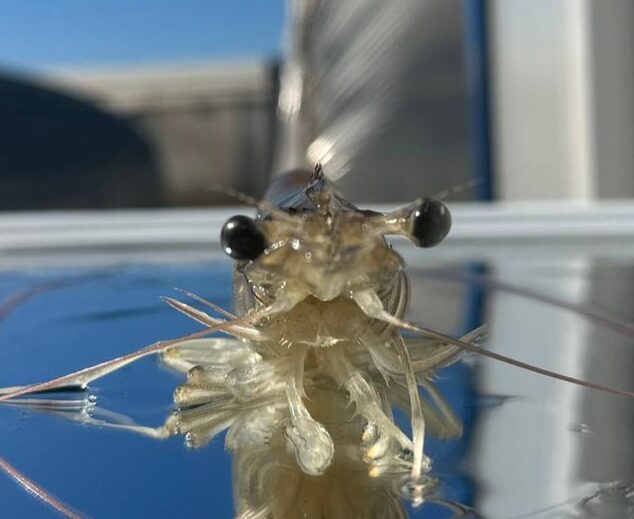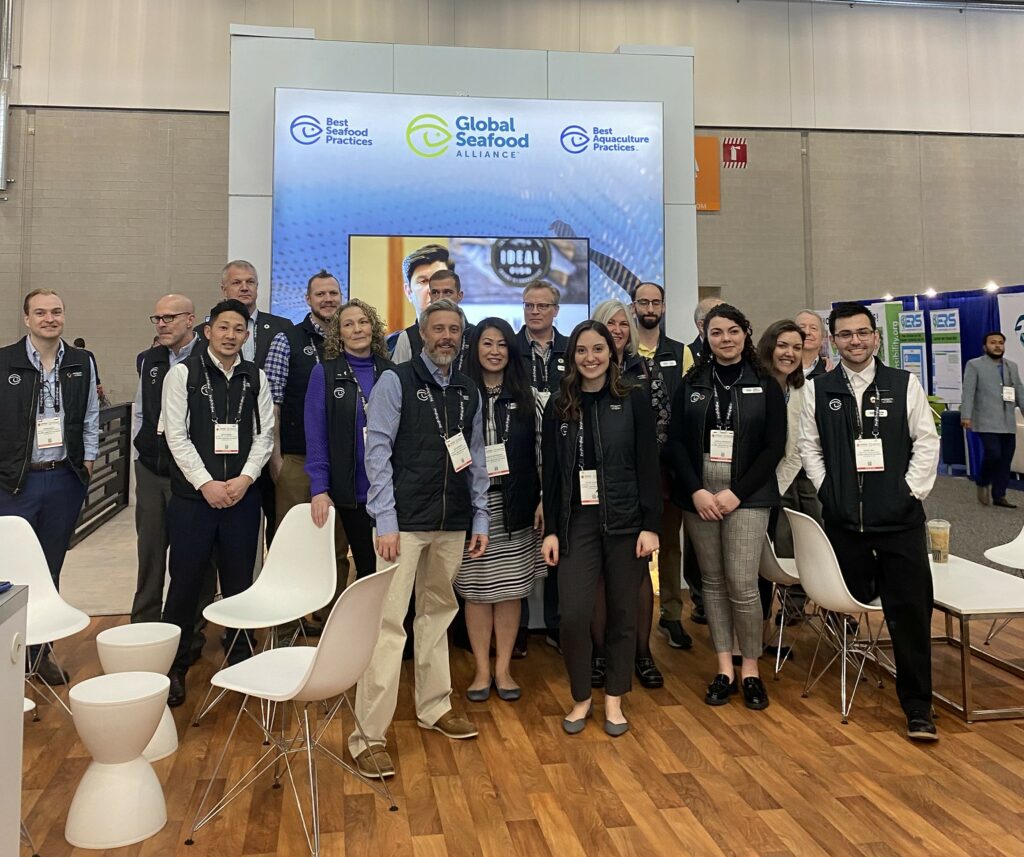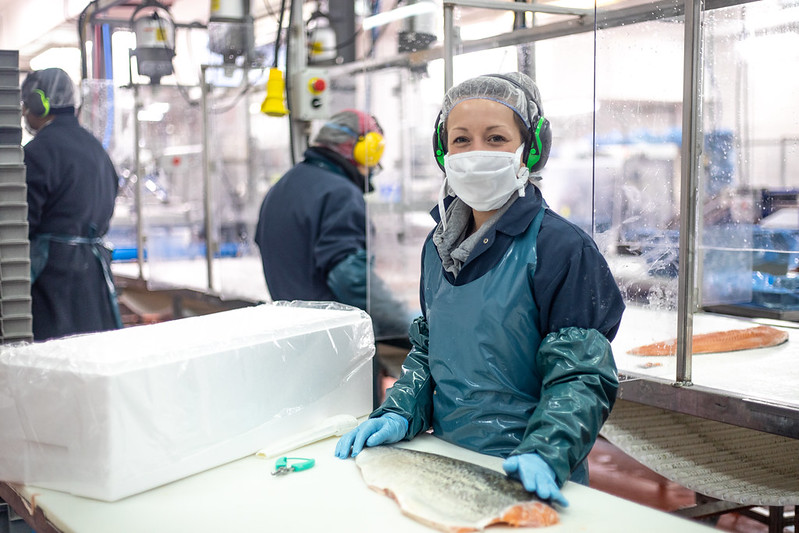GSA Survey Explores the Prevalence of Shrimp Eyestalk Ablation and Challenges to Adopting Alternative Practices
For decades, the global shrimp farming industry has relied on a breeding technique intended to make hatcheries more efficient. A shrimp’s eyestalk – a protrusion from the animal’s head that contains an eye on the end – contains a complex of glands that influence molting, reproductive maturation and spawning processes. Removing, cutting or pinching the eyestalk can induce spawning, a development that aided in the widespread commercialization of shrimp farming in the 1970s and 1980s, as broodstock females with ablated eyestalks were found to mature faster and release 10 to 20 times more eggs.

Eyestalk ablation, however, has come under scrutiny in recent years, as consumers and animal-rights groups fear that it is a cruel practice and are calling on the industry to adopt alternatives. To that end, the Global Seafood Alliance (GSA) has endeavored to quantify the prevalence of the practice in shrimp hatcheries around the world and to estimate timelines for adopting other methods, should any commercially viable alternatives be proven effective.
In 2023, GSA – which oversees the global Best Aquaculture Practices (BAP) certification program – conducted a survey among major shrimp producers and producer associations in Thailand, Vietnam, India, Australia, China, Japan, South America and the United States producing two species of shrimp: Black tiger shrimp (Penaeus monodon) and Pacific white shrimp (Litopenaeus vannamei). GSA has engaged more than 100 individuals globally via workshops, online meetings and emails.
GSA learned that the practice of eyestalk ablation exhibits variations across countries, influenced predominantly by production model, breeding programs for the species and various cost factors in production. Recognizing this diversity, the survey found that there is no universal solution to transition the industry away from eyestalk ablation in the short term.
This project has underscored the challenges that the industry faces in adopting ablation-free practices, including economic viability, genetic advancements and diverse industry conditions. Further, industry mindset is a potential barrier to implementing ablation-free practices. Despite these challenges, the industry is exploring alternatives with an emphasis on ethical considerations and responsible farming.
Producers that are in the process of moving away from ablation are typically larger companies with room for the required increase in broodstock numbers, while smaller producers may struggle. Complicating matters is the fact that lab results often conflict with observations made in commercial settings. In sum, the current research and production capacity suggests that 10 years is a reasonable timeline for most farms to meet ablation-free requirements. However, growing awareness and expectations around eyestalk ablation could prompt a faster transition.
“GSA recognizes that this is an important issue in the industry and this survey has provided us with valuable insights into how it can be addressed,” said Chris Weeks, director of program integrity at GSA. “The findings from this project will be used to better inform GSA decision-making and BAP standards development.”
Key recommendations coming out of this project include promoting natural environments, improving welfare practices, regular reviews, refraining from rigid timelines and fostering industry collaboration. A holistic and adaptive approach is encouraged to address the diverse challenges faced by different regions, and gradual shifts and ongoing trials are crucial to influencing change over the next 15 to 20 years.
Work with us
GSA and BAP intend to take a proactive approach to eyestalk ablation in the coming years. If you’re interested in learning more about this survey and would like to engage with the GSA team on this issue, please click this link and fill out the contact form.
Learn more about eyestalk ablation
GSA has a variety of resources available on this topic, including:
- Innovation Award 2020 finalist: Simao Zacarias’ shrimp eyestalk ablation research
- Stirling researchers identify viable ablation alternatives for shrimp hatcheries
- Quality, survival of L. vannamei offspring from ablated, non-ablated females
- Seajoy’s ablation-free shrimp answers emerging welfare concern
About Global Seafood Alliance
The Global Seafood Alliance is an international, nonprofit trade association dedicated to advancing responsible seafood practices through education, advocacy and third-party assurances. Through the development of its certification programs, GSA has become the leading provider of assurances for wild and farmed seafood globally. The organization’s work addresses the full spectrum of responsibility, from environmental responsibility and social accountability to food safety. Established in 1997 as the Global Aquaculture Alliance, GSA is headquartered in Portsmouth, N.H., USA. To learn more, visit www.globalseafood.org.




